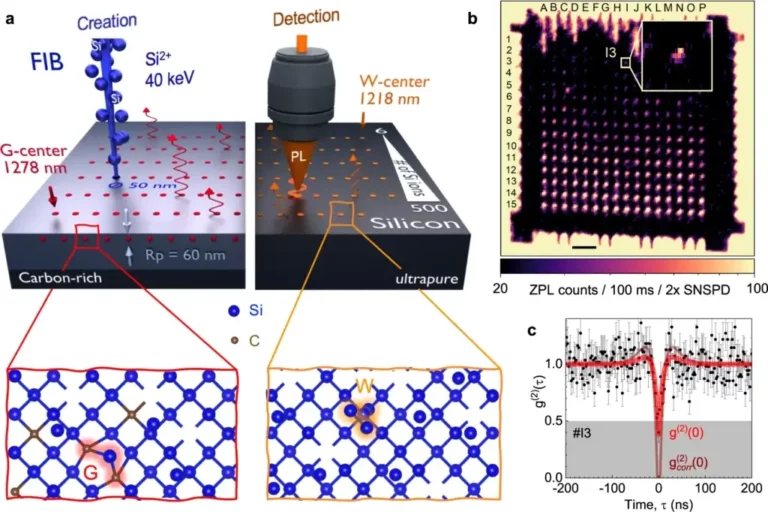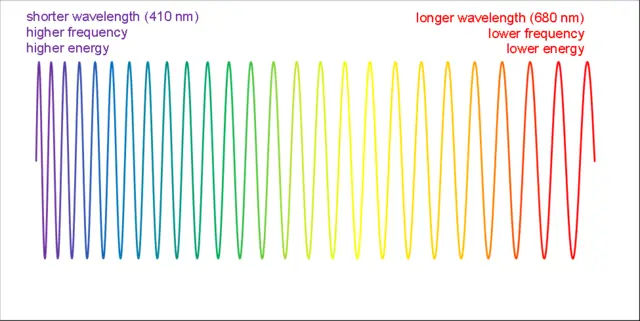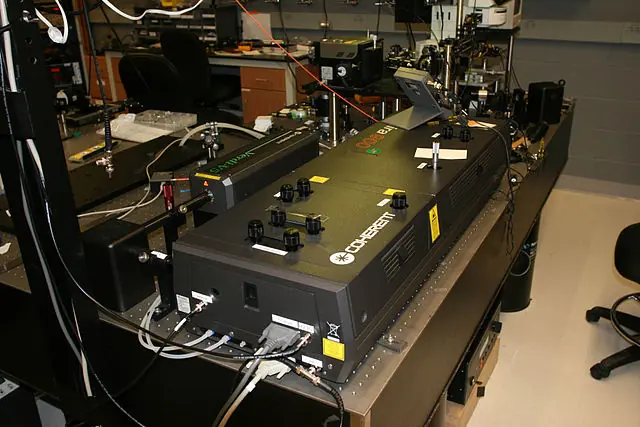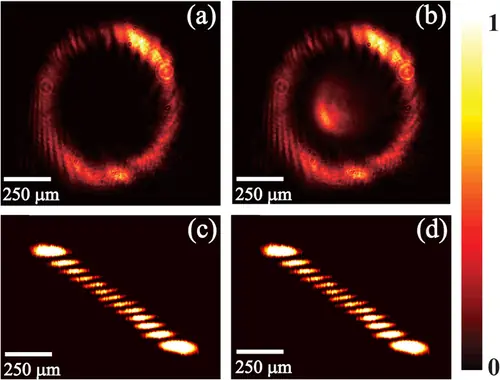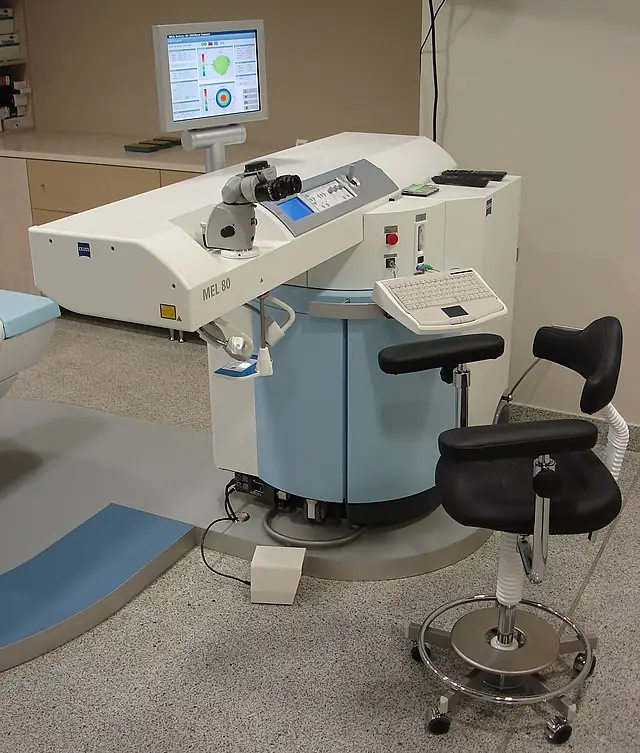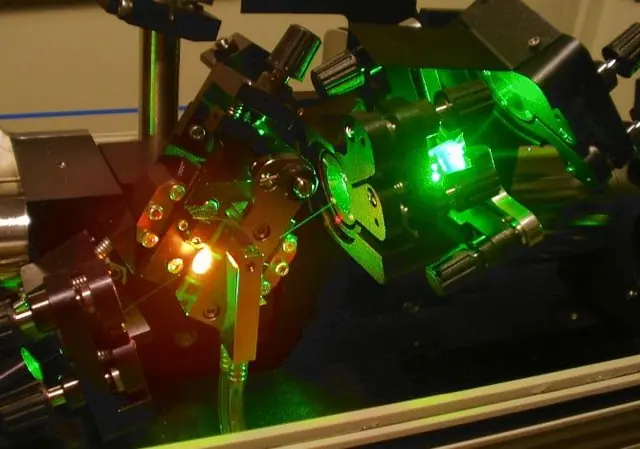Ultra-Flat Supercontinuum Generation Demonstrated By Researchers Using All-Fiber Er/Yb Laser
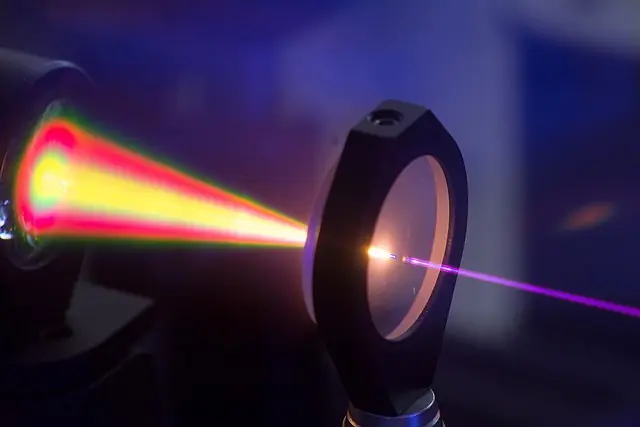
Supercontinuum generation is a field of study that aims to produce broadband light sources in the visible and near-infrared regions of the electromagnetic spectrum. This has numerous applications in scientific fields such as spectroscopy, optical communications, metrology, and biomedical research. Recently, a new method of ultra-flat supercontinuum generation using an all-fiber Er/Yb laser was showcased in a paper. This method achieved an ultra-flat spectrum, which is important for improving accuracy and precision in many applications. The experimental setup involved a self-Q-switched Er/Yb-codoped fiber laser resonator that produced broad flat spectra with high stability and low noise. This all-fiber laser resonator also features a compact and robust structure, which provides an advantage in practical applications. The pump power used was around 8.5 W, and the pulse energy achieved was 56.7 nJ. The ultra-flat spectrum produced by this method has the potential to revolutionize scientific research in many fields.
All-Fiber Self-Q-Switched Er/Yb Laser
The experiment involved using a special type of laser called an all-fiber self-Q-switched Er/Yb laser to generate a supercontinuum. The laser was designed to produce short bursts of light called pulses, which were then used to create the ultra-flat spectrum. The researchers were able to achieve a flat spectrum by carefully adjusting the laser parameters, such as the pulse energy and pump power.
One of the advantages of using an all-fiber laser resonator is that it creates a compact and robust structure. This means that the laser is both easy to transport and maintain. In addition, the technical specifications of the laser were impressive, with the pump power being 200 mW and the pulse energy being 0.69 nJ.
The ultra-flat spectrum generated by the all-fiber self-Q-switched Er/Yb laser has many practical uses. For example, it can be used for precision spectroscopy, which is important in many fields such as atmospheric science, astronomy, and environmental monitoring. It can also be used for optical communications, metrology, and biomedical applications such as fluorescence lifetime imaging microscopy.
Compared to previous methods used for supercontinuum generation, the new all-fiber Er/Yb laser method has several advantages. It is more compact, easier to maintain, and produces a flatter spectrum. These benefits make it a promising tool for a wide range of scientific applications.
Applications of Ultra-Flat Spectrum
The ultra-flat spectrum achieved through the all-fiber self-Q-switched Er/Yb laser has numerous practical applications in various scientific fields. In metrology, a flat spectrum aids in the precise measurement of optical frequencies and time intervals. Additionally, the ultra-flat spectrum produced by the all-fiber laser enables biomedical applications such as multiphoton imaging and photoactivation. These applications allow for precise targeting of cells and tissues in medical research and offer potential for future treatments.
Overall, the development of this all-fiber self-Q-switched Er/Yb laser method for ultra-flat spectrum supercontinuum generation has significant implications for scientific fields, showing promising potential for future research and discoveries.
Ultra-flat spectrum is useful in various scientific fields such as spectroscopy, optical communications, metrology, and biomedical applications. In spectroscopy, ultra-flat spectrum allows for more accurate measurement of chemical and biological samples through high-resolution and broadband spectroscopy. Optical communications utilizes ultra-flat spectrum to increase the data transmission rate and range of optical networks, allowing for faster and more reliable communication. In metrology, ultra-flat spectrum can improve the accuracy of time and frequency measurements used in GPS and wireless communication systems. In biomedical applications, ultra-flat spectrum can be used for non-invasive diagnosis and treatment of disease through advanced imaging techniques. For example, ultra-flat spectrum can improve optical coherence tomography, a non-invasive imaging technique, by increasing its resolution and sensitivity.
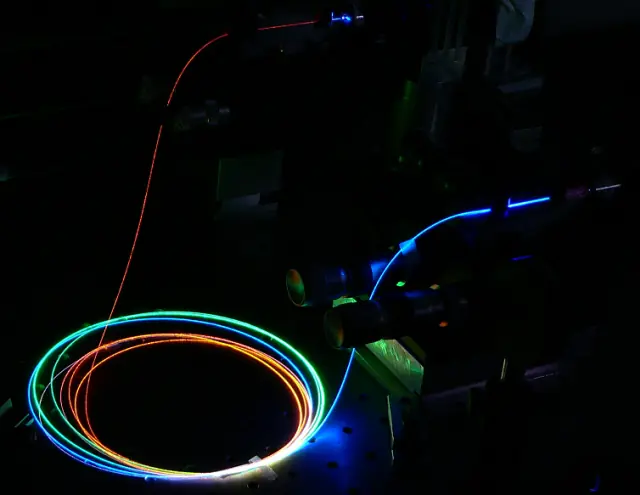
Advantages and Applications of Ultra-Flat Supercontinuum Spectrum in Science and Technology
The experimental setup for the all-fiber self-Q-switched Er/Yb laser involves the use of a specially designed resonator to generate broadband pulses. This technique results in a broad flat spectrum which is advantageous for various scientific fields. The ultra-flat spectrum spans from 1,200 to 2,200 nanometers, which is the mid-infrared region of the electromagnetic spectrum. The laser’s pump power and pulse energy are important factors in the generation of a broad and flat spectrum. The use of all-fiber laser resonator in the setup allows for a compact and robust structure.
This new method of supercontinuum generation using the all-fiber Er/Yb laser is significant because it produces an ultra-flat spectrum that is useful in fields such as spectroscopy, optical communications, metrology, and biomedical applications. For example, in spectroscopy, an ultra-flat spectrum is important because it allows for precise measurements of molecular vibrations. In optical communications, an ultra-flat spectrum is useful because it reduces distortions in signal transmission. In biomedical applications, an ultra-flat spectrum is advantageous because it enables the precise detection of molecules in tissue.
Compared to previous supercontinuum generation methods such as nonlinear fibers, microstructured fibers, and photonic crystal fibers, the all-fiber Er/Yb laser method has advantages such as a more compact and robust structure with high stability and repeatability. Additionally, this method can be used to generate a broad flat spectrum without the need for additional filtering or dispersion compensation.
In conclusion, the all-fiber self-Q-switched Er/Yb laser is an innovative method for supercontinuum generation that creates an ultra-flat spectrum. This development is significant for various scientific fields and has practical applications in spectroscopy, optical communications, metrology, and biomedical applications. The use of all-fiber laser resonator in the setup allows for a compact and robust structure, while the broad flat spectrum spans from 1,200 to 2,200 nanometers. This development opens up possibilities for future research and applications in these fields.

